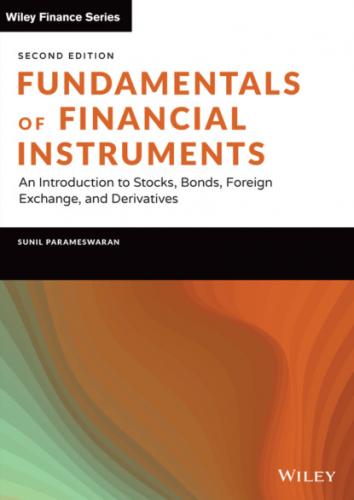Since the actual rate of return obtained by Alfred is greater than the required rate of return of 12%, the investment is attractive.
Not surprisingly, all three approaches lead to the same decision.
ANNUITIES: AN INTRODUCTION
An annuity is a series of payments made at equally spaced intervals of time. If all the payments are identical, then we term it as a Level Annuity. Examples include insurance premiums and monthly installments on housing loans and automobile loans, which are paid off by way of equal installments over a period of time.
If the first payment is made or received at the end of the first period, then we call it an ordinary annuity. Examples include salary, which will be paid only after an employee completes his duties for the month, and house rent, which will be usually paid by the tenant only at the end of the month. The interval between successive payments is called the payment period. We will assume that the payment period is the same as the interest conversion period. That is, if the annuity pays annually, we will assume annual compounding, whereas if it pays semiannually we will assume half-yearly compounding. This assumption is not mandatory and, in practice, we can easily handle cases where the payment period is longer than the interest conversion period, as well as instances where it is shorter.
Consider a level annuity that makes periodic payments of $A for N periods. On a timeline the cash flows can be depicted as shown in Figure 2.1. The point in time at which we are is depicted as time 0.
FIGURE 2.1 Timeline for an Annuity
Assume that the applicable interest rate per period is r%. We can then calculate the present and future values as shown here.
Present Value
Therefore,
EXAMPLE 2.16
Alpha Technologies is offering a financial instrument to Alfred that promises to pay $2,500 per year for 25 years, beginning one year from now. Alfred requires an annual rate of return of 8%. The question is, what is the maximum price that he will be prepared to pay?
Future Value
Similarly, we can compute the future value of a level annuity that makes N payments, by compounding each cash flow until the end of the last payment period.
Therefore,
EXAMPLE 2.17
Paula Baker expects to receive $2,500 per year for the next 25 years, starting one year from now. Assuming that the cash flows can be reinvested at 8% per annum, how much will she have at the point of receipt of the last cash flow?
